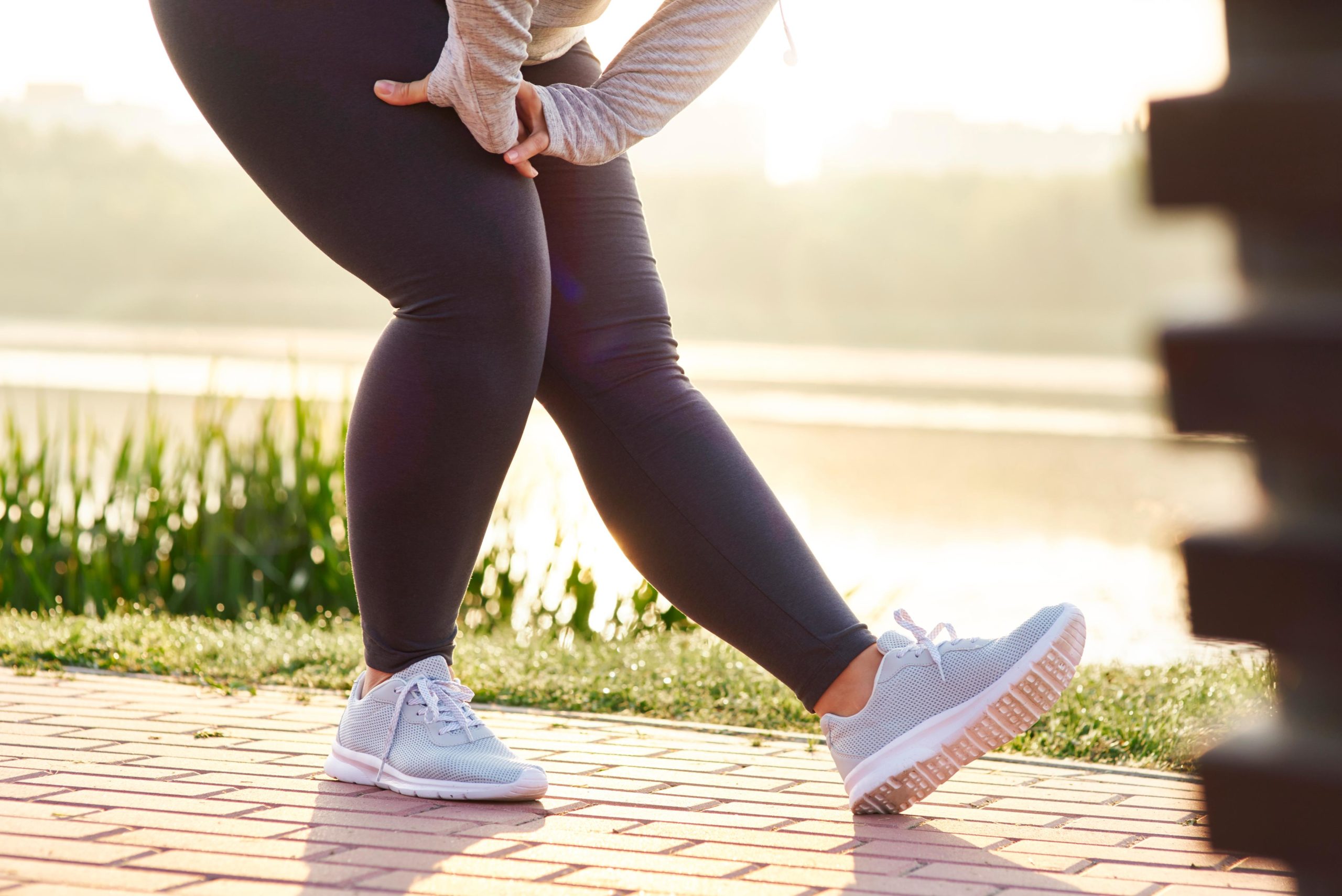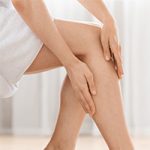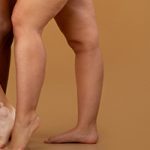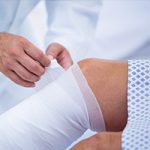Lipedema, to this day, remains an unknown disease for many, although it is suffered by a 16% Women. So much so that many people who suffer from this pathology are unaware of it or confuse it with an overweight problem.

This type of disease is chronic and degenerative and its main main characteristic is the atypical accumulation of adipose tissue, especially in the area of the legs, although it can also occur in other parts of the body.
The main reason why in many cases this disease is not correctly diagnosed is that its symptoms are very similar to those of other pathologies such as overweight, the obesity or circulatory problems.
Main symptoms of lipedema
Symptoms of lipedema they evolve negatively as the disease progresses. For this reason, a lipedema that is in phase or grade I can even go unnoticed, however, a grade III lipedema shows much more obvious symptoms and is better perceived.

The symptoms most common of this pathology are:
- Considerably increases the volume of the affected area. In the vast majority of cases, it occurs in the lower body (legs), although it can also occur in the upper part, such as the arms.
- This increased volume in these areas causes the following symptom, which is a disproportion in size between these areas and the rest of the body of the person with lipedema.
- Also, another characteristic of this disease is that diets and exercise don't work and they do not modify the affected areas or improve their condition.
- In addition, they appear spontaneous pain on the legs and arms. Above all, when the person exercises, although it can occur even when the individual is at rest.
- Hands and feet do not vary in size. Thus, although there is an increase in the areas of the legs or arms, the hands or legs do not accumulate fat.
- Appear frequently bruising in the affected area of the patient.
- Finally, the affected area has a harder consistency than other areas in which fat accumulates like the stomach and, in addition, sometimes with nodularity.
If you suffer from at least six of these conditions, it is best to get in touch with a expert doctor in lipedema since, the diagnosis of lipedema should always be carried out by a doctor who is an expert in this pathology.
For more information on lipedema visit the rest of the sections of our web or get in Contact with us, we will be happy to answer all your questions.














